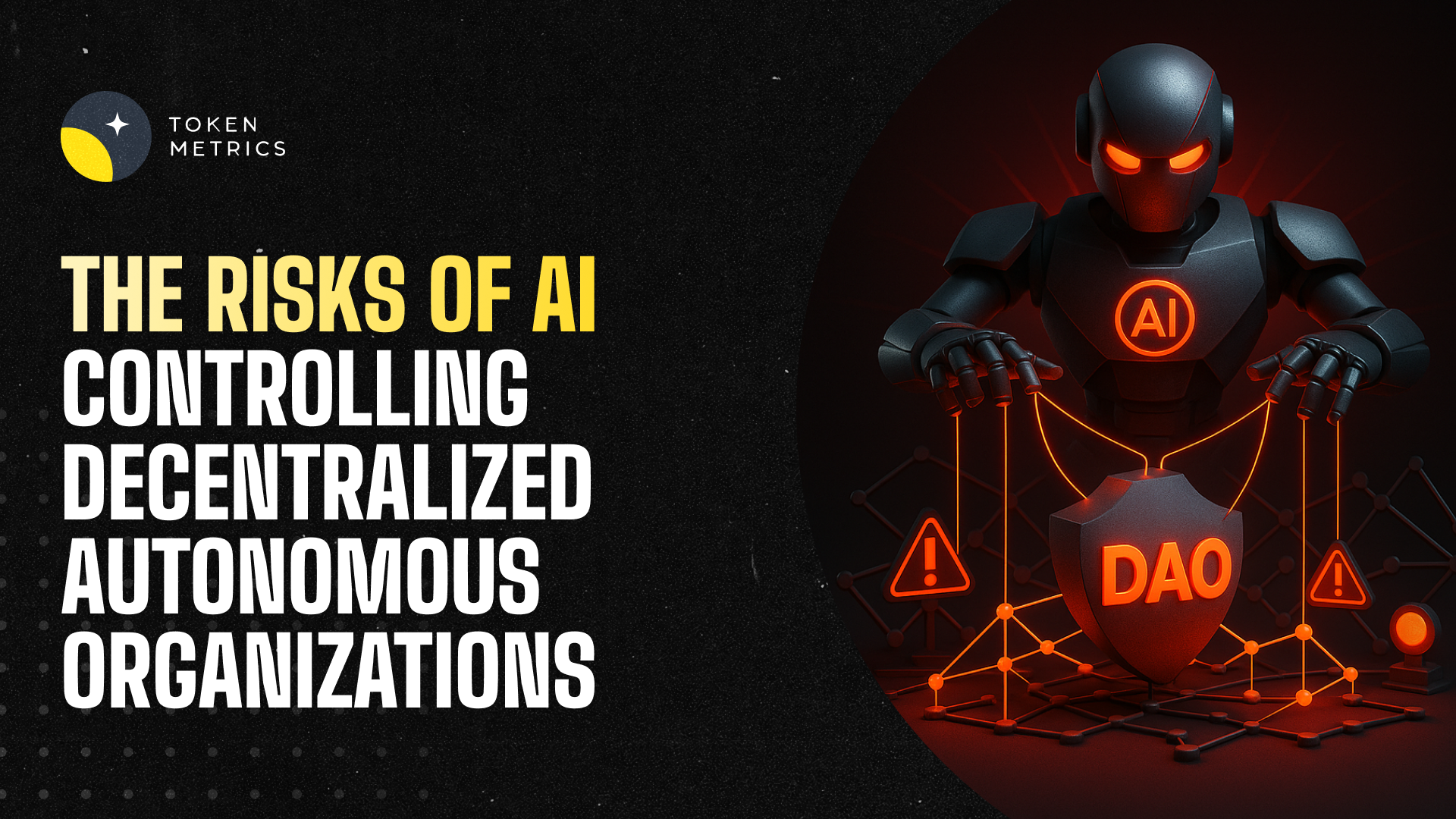
API Keys Explained: Secure Access for Developers

Every modern integration — from a simple weather widget to a crypto analytics agent — relies on API credentials to authenticate requests. An api key is one of the simplest and most widely used credentials, but simplicity invites misuse. This article explains what an api key is, how it functions, practical security patterns, and how developers can manage keys safely in production.
What an API Key Is and How It Works
An api key is a short token issued by a service to identify and authenticate an application or user making an HTTP request. Unlike full user credentials, api keys are typically static strings passed as headers, query parameters, or request bodies. On the server side, the receiving API validates the key against its database, checks permissions and rate limits, and then either serves the request or rejects it.
Technically, api keys are a form of bearer token: possession of the key is sufficient to access associated resources. Because they do not necessarily carry user-level context or scopes by default, many providers layer additional access-control mechanisms (scopes, IP allowlists, or linked user tokens) to reduce risk.
Common API Key Use Cases and Limitations
API keys are popular because they are easy to generate and integrate: you create a key in a dashboard and paste it into your application. Typical use cases include server-to-server integrations, analytics pulls, and third-party widgets. In crypto and AI applications, keys often control access to market data, trading endpoints, or model inference APIs.
Limitations: api keys alone lack strong cryptographic proof of origin (compared with signed requests), are vulnerable if embedded in client-side code, and can be compromised if not rotated. For higher-security scenarios, consider combining keys with stronger authentication approaches like OAuth 2.0, mutual TLS, or request signing.
Practical Security Best Practices for API Keys
Secure handling of api keys reduces the chance of leak and abuse. Key best practices include:
- Least privilege: Create keys with the minimum permissions required. Use separate keys for read-only and write actions.
- Rotate regularly: Implement scheduled rotation and automated replacement to limit exposure from undetected leaks.
- Use environment variables and secrets managers: Never commit keys to source control. Use environment variables, vaults, or cloud KMS services to store secrets.
- Restrict usage: Apply IP allowlists, referrer checks, or VPC restrictions where supported to limit where the key can be used.
- Audit and monitor: Log usage, set alerts for anomalous patterns, and review dashboards for spikes or unexpected endpoints.
- Expire and revoke: Use short-lived keys where possible; immediately revoke compromised keys and revoke unused ones.
These patterns are practical to implement: for example, many platforms offer scoped keys and rotation APIs so you can automate revocation and issuance without manual intervention.
Managing API Keys in Crypto and AI Workflows
Crypto data feeds, trading APIs, and model inference endpoints commonly require api keys. In these contexts, the attack surface often includes automated agents, cloud functions, and browser-based dashboards. Treat any key embedded in an agent as potentially discoverable and design controls accordingly.
Operational tips for crypto and AI projects:
- Use separate keys per service and environment (dev, staging, production).
- Scale permission granularity: allow market-data reads without trading execution permissions.
- Encrypt keys at rest and limit human access to production secrets.
- Integrate rate-limit and quota checks to avoid service disruption and to detect misuse quickly.
Platforms such as Token Metrics provide APIs tailored to crypto research and can be configured with scoped keys for safe consumption in analytics pipelines and AI agents.
Build Smarter Crypto Apps & AI Agents with Token Metrics
Token Metrics provides real-time prices, trading signals, and on-chain insights all from one powerful API. Grab a Free API Key
FAQ: What Is an API Key?
An api key is a token that applications send with requests to identify and authenticate themselves to a service. It is often used for simple authentication, usage tracking, and applying access controls such as rate limits.
FAQ: How should I store api keys?
Store api keys outside of code: use environment variables, container secrets, or a managed secrets store. Ensure access to those stores is role-restricted and audited. Never commit keys to public repositories or client-side bundles.
FAQ: What's the difference between an api key and an OAuth token?
API keys are static identifiers primarily for application-level authentication. OAuth tokens represent delegated user authorization and often include scopes and expiration. OAuth is generally more suitable for user-centric access control, while api keys are common for machine-to-machine interactions.
FAQ: How often should I rotate api keys?
Rotation frequency depends on risk tolerance and exposure: a common pattern is scheduled rotation every 30–90 days, with immediate rotation upon suspected compromise. Automate the rotation process to avoid service interruptions.
FAQ: What are signs an api key is compromised?
Watch for abnormal usage patterns: sudden spikes in requests, calls from unexpected IPs or geographic regions, attempts to access endpoints outside expected scopes, or errors tied to rate-limit triggers. Configure alerts for such anomalies.
FAQ: Can I restrict an api key to a single IP or domain?
Many providers allow IP allowlisting or referrer restrictions. This reduces the attack surface by ensuring keys only work from known servers or client domains. Use this in combination with short lifetimes and least-privilege scopes.
FAQ: How do api keys fit into automated AI agents?
AI agents that call external services should use securely stored keys injected at runtime. Limit their permissions to only what the agent requires, rotate keys regularly, and monitor agent activity to detect unexpected behavior.
Disclaimer
This article is educational and informational in nature. It is not investment, legal, or security advice. Evaluate any security approach against your project requirements and consult qualified professionals for sensitive implementations.

.svg)

Create Your Free Token Metrics Account

.png)




%201.svg)
%201.svg)


%201.svg)









.svg)




.png)